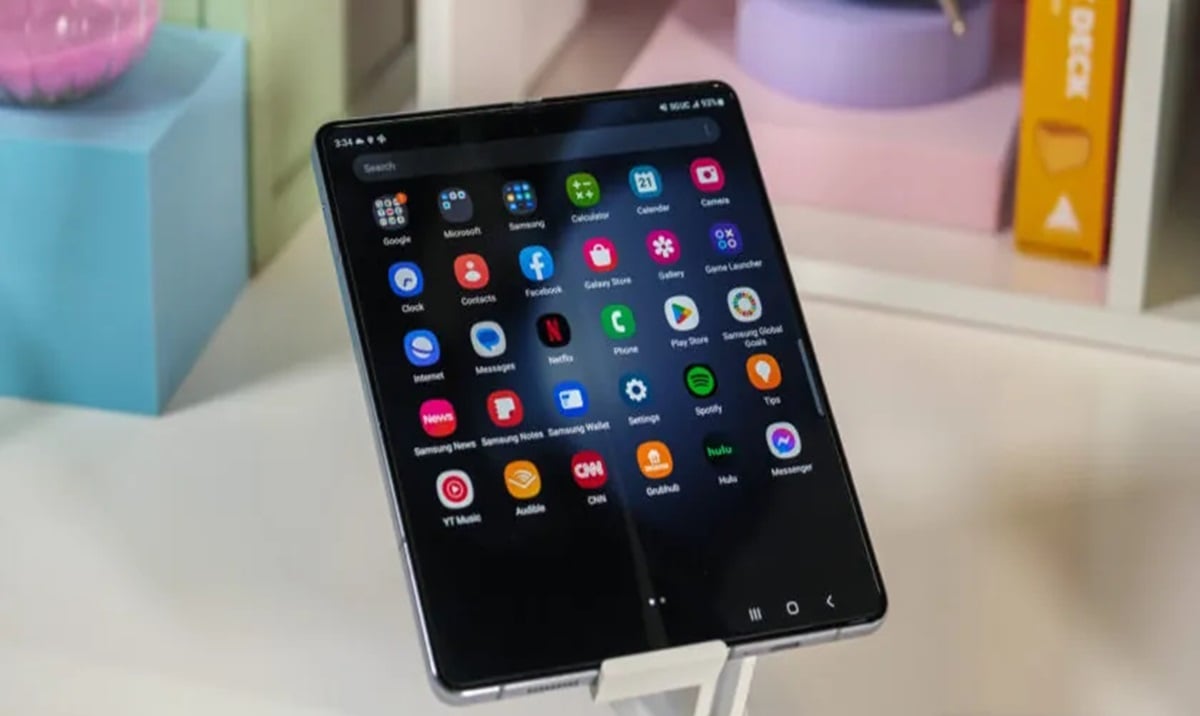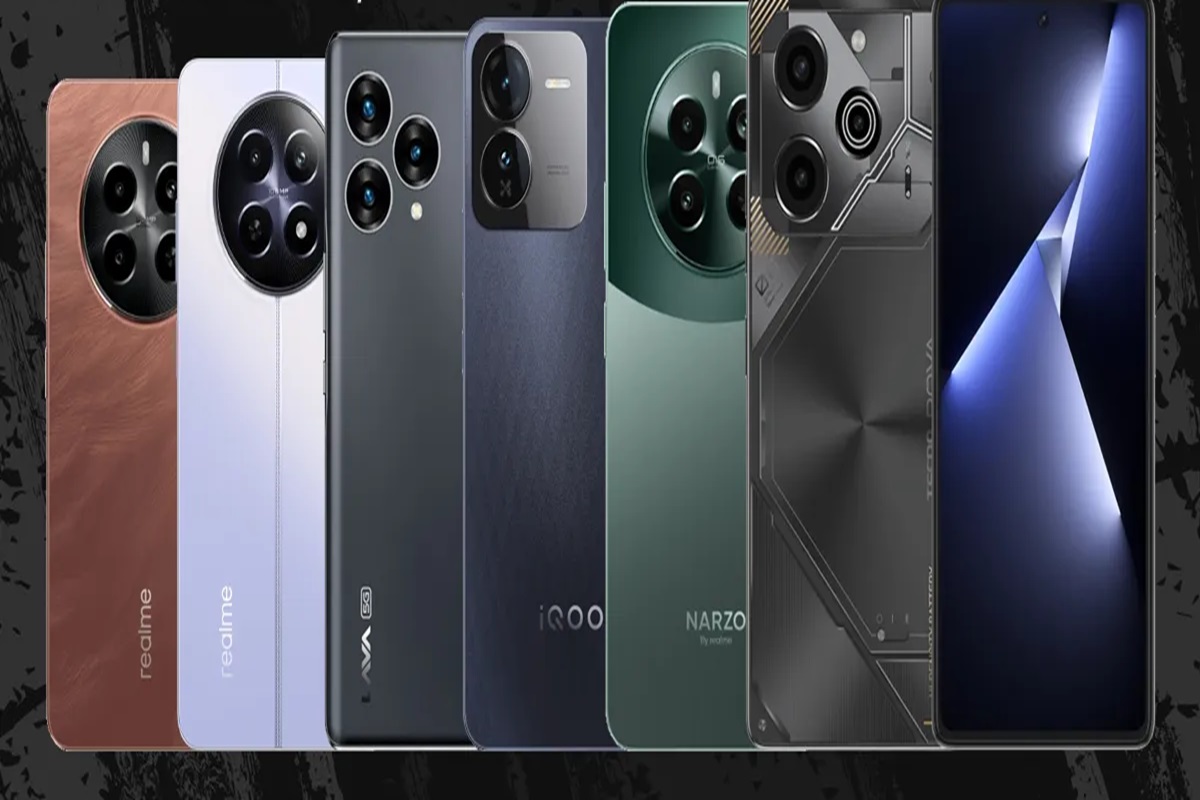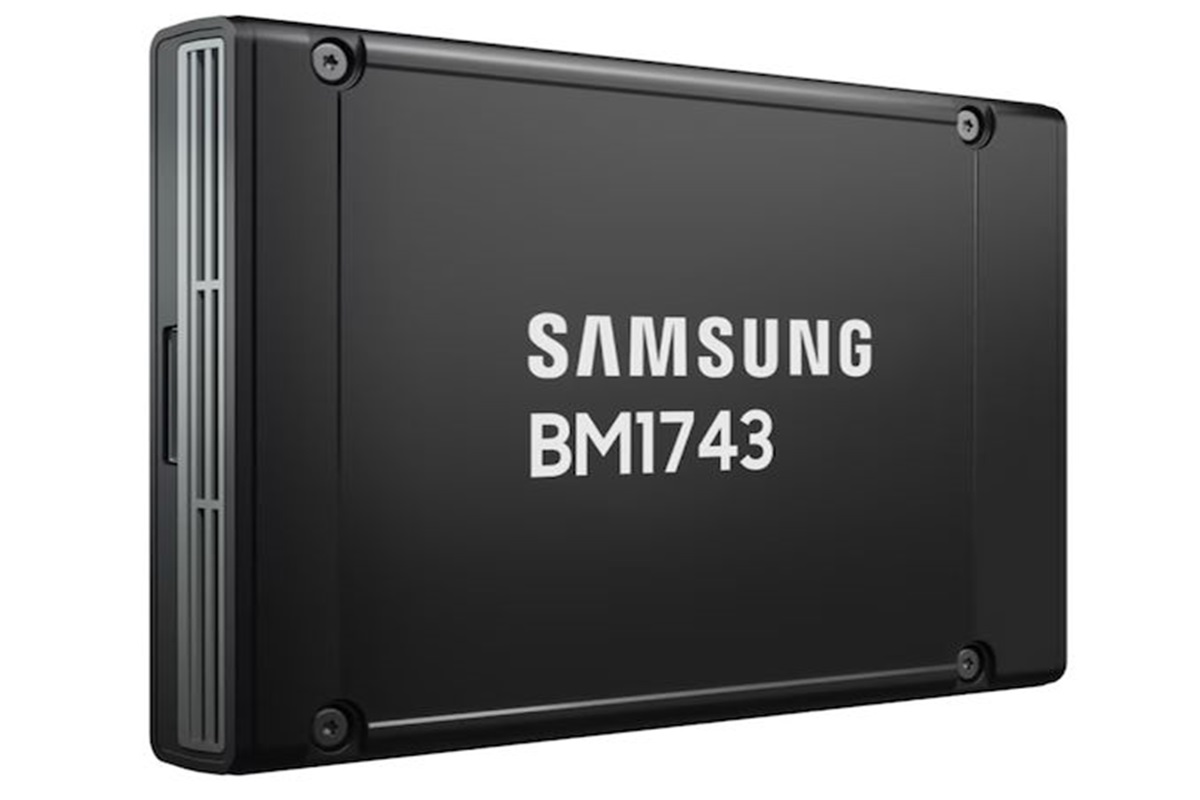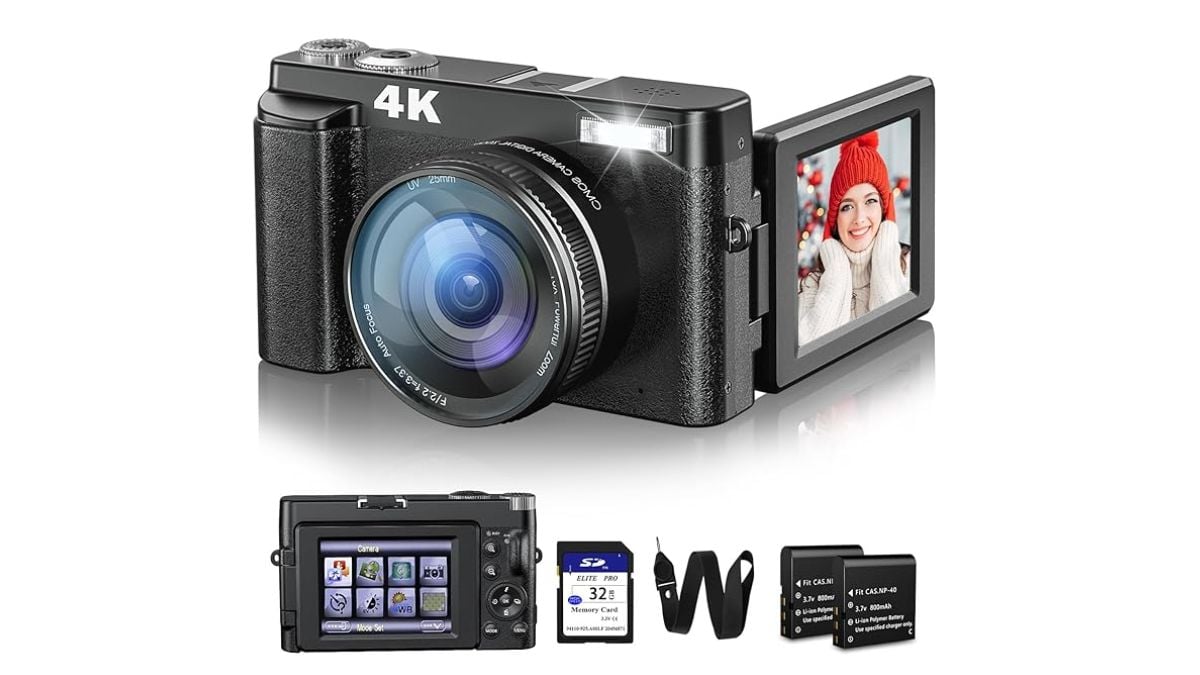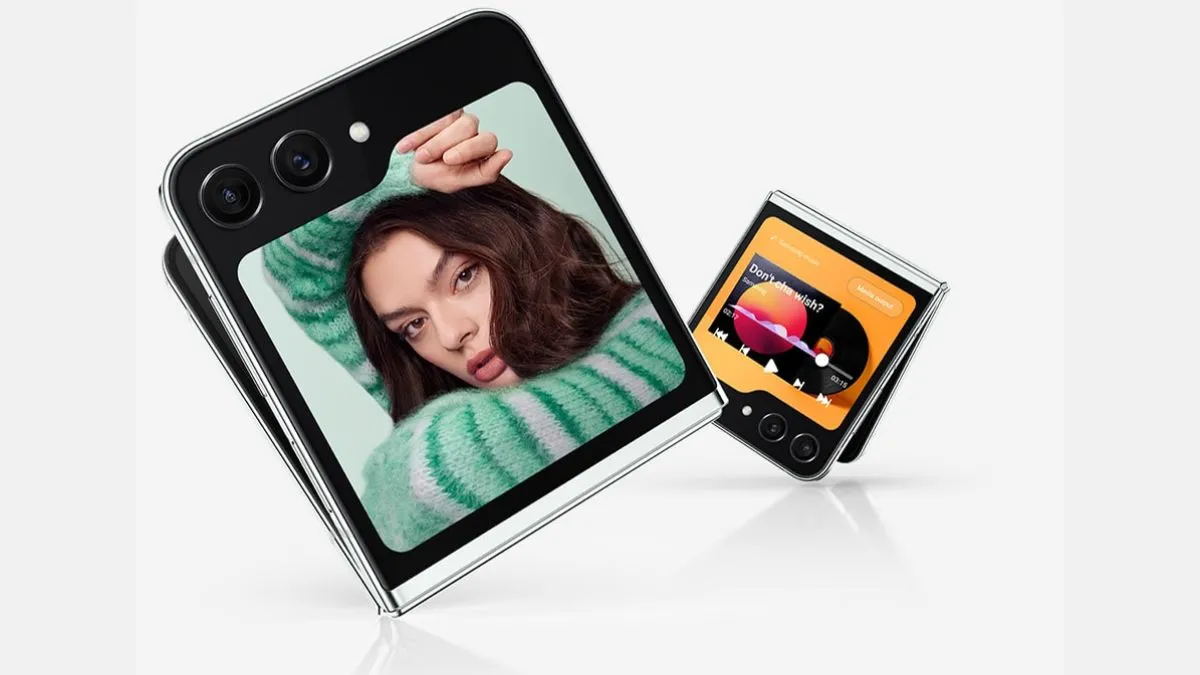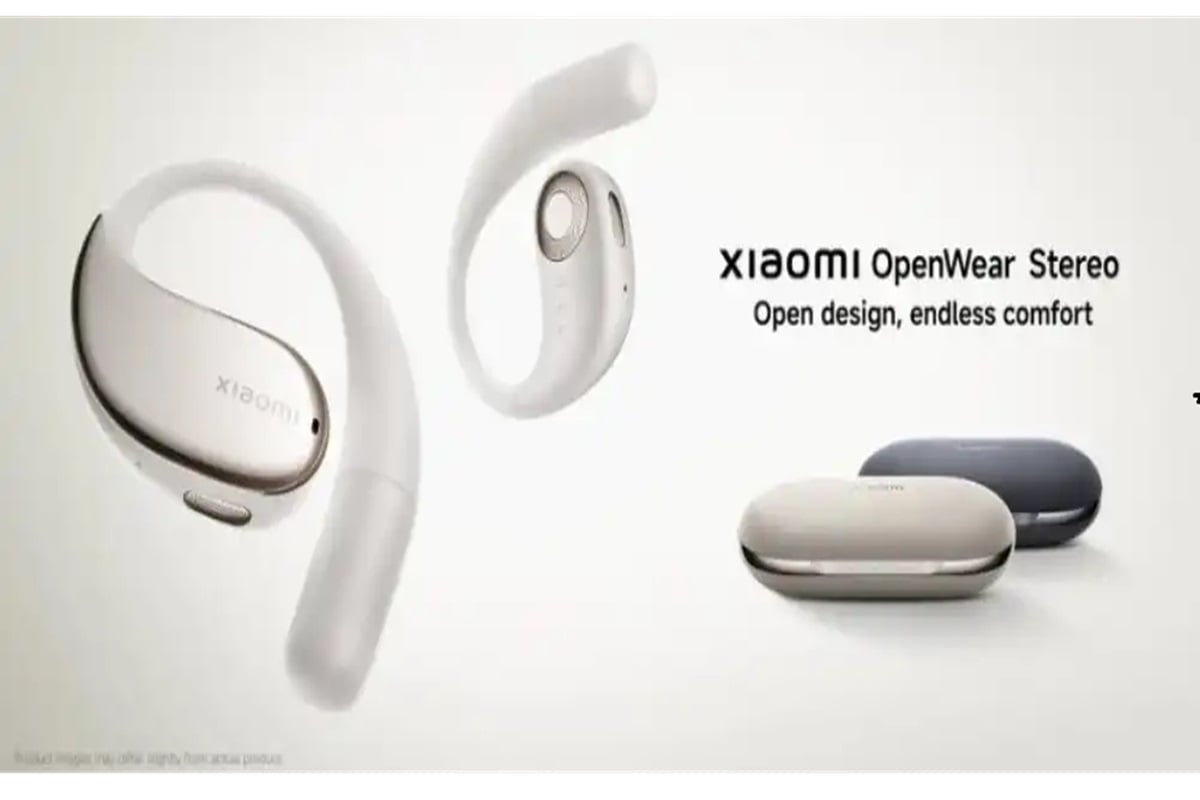As the world of camera phones advances at a breakneck speed, two powerhouses are battling it out for the title of the best: the Samsung Galaxy S24 Ultra and the Xiaomi 14 Ultra. Now, these two powerhouses will compare notes on the camera front to see who stands out.
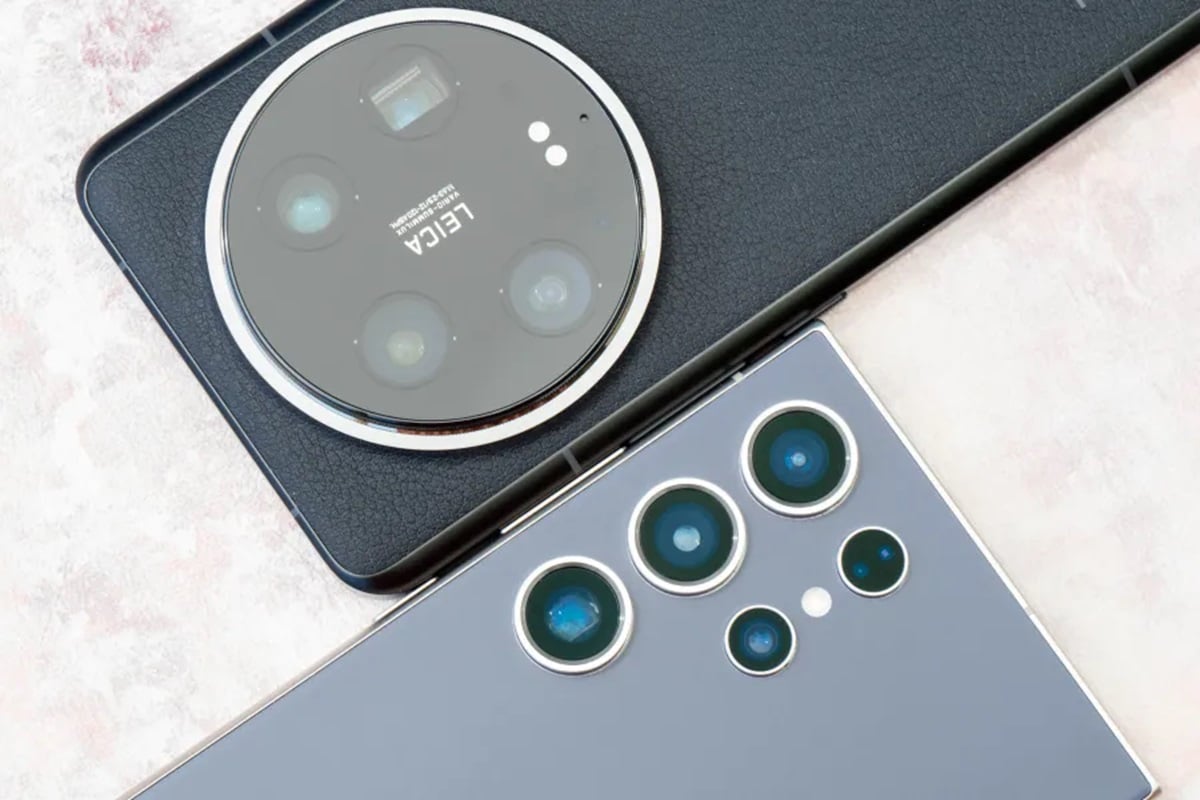
Camera specs: Megapixels and lenses Clash
The Samsung Galaxy S24 Ultra sports a 200-megapixel primary camera, a 50MP telephoto lens with 5x optical zoom, a 10MP telephoto lens offering 3x optical zoom, and a 12MP wide-angle camera. The Xiaomi 14 Ultra goes for something completely different: The phone is equipped with four 50MP cameras, each with a Leica-tuned lens. A prime camera comes with an original variable aperture and a large 1-inch sensor, in addition to the ultra-wide and two telephoto lenses for shooting at long ranges.
Camera Apps and Shooting Modes: Personalization and Optimization
The Samsung Galaxy S24 Ultra and Xiaomi 14 Ultra, similarly, work on the Android operating system and give users the sophistication brought by advanced camera apps that offer a wide array of shooting modes and configurations. These phones boast many possibilities—from Night mode to Portrait mode and Pro mode—that keep casual and otherwise interested photographers tinkering with their shots toward their style.
Image Quality: A Struggle for Character and Consistency
In terms of image quality, both the Xiaomi 14 Ultra and Samsung Galaxy S24 Ultra do a great job, especially in good light. The area in which the Xiaomi 14 Ultra’s camera truly excels is portraying a new personality, giving the images more visual interest and emotion. What the Samsung Galaxy S24 Ultra might lack in the same character makes up for that with very consistent performance.
Zoom Capabilities: Telephoto Prowess
It is again in the case of the telephoto lenses in which both the phones excel. There, the Xiaomi 14 Ultra with its dual 50MP lenses with 3.2x and 5x optical zoom inches ahead in detail, clarity, and texture extraction over the Samsung Galaxy S24 Ultra with its 3x and 5x telephoto lenses. The same color and detail accuracy in the overall image are retained, but it’s only up to 10x zoom where the scene is kept brighter by the Galaxy S24 Ultra.
Low light performance and versatility
Both the Xiaomi 14 Ultra and the Samsung Galaxy S24 Ultra are outstanding performers in low-light conditions, thanks to their night modes, which considerably improve the quality of each photo. Where images from the Xiaomi 14 Ultra are more often authentic to color, those shot on the Samsung Galaxy S24 Ultra are usually brighter. Lastly, both phones also offer good versatility when it comes to macro and portrait photography: be it the dedicated macro lens of the former or the softer look from the portrait mode of the latter.
Video Capabilities: High Resolution
Where video recording is concerned, the Xiaomi 14 Ultra and the Samsung Galaxy S24 Ultra are hard-hitting powerhouses. High-resolution formats can be supported with both running at 8K. Besides, the Xiaomi 14 Ultra records 4K at 120 fps, while the Samsung Galaxy S24 Ultra goes up to 60 fps—an excellent pick for any video creator.
Design and Display: An Attempt to Balance Form and Function
The Xiaomi 14 Ultra and Samsung Galaxy S24 Ultra feature prominent, vivid AMOLED displays; that of the Xiaomi is slightly brighter. On the contrary, the screen coming from the Korean side is furnished with anti-glare coating; therefore, visualization can be better in glaring circumstances. In design, both phones appear quite balanced in aesthetics and function, worthy of holding in the hands of any distinguished user.
Battery Life and Charging: Powering the Photography Experience
The Xiaomi 14 Ultra and Samsung Galaxy S24 Ultra should practically go through an entire day with its fairly capacious 5000mAh batteries, even with rather heavy use. These models come with fast charging capabilities for users to revive them back and capture great moments again as soon as possible.
